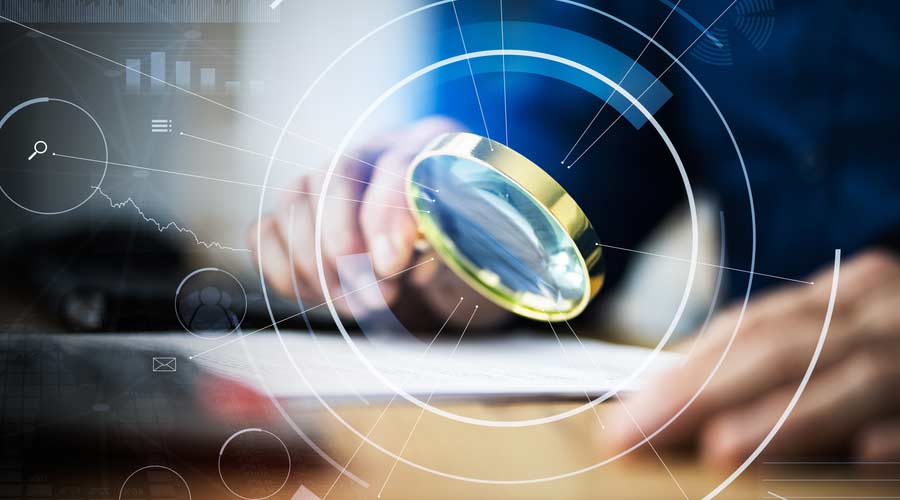
While Optisolve provides the technology and training needed to capture digital images and generate contamination density maps, the interpretation of that data is up to the customer. As Sequeira discovered, sometimes a little detective work may be necessary to reconcile the visible with the invisible.
At the height of COVID-19, one of Sequeira’s clients requested that the BSC test high-touch surfaces prior to the staff’s arrival in the morning to ensure that their office space was safe. After several months, Sequeira noticed a perplexing trend in the digital imaging reports — the information technology (IT) department and the accounts payable department had been cleaned and disinfected in the same way; however, the IT office revealed a much lower bacterial count than the accounts payable office.
“After a few tests in accounts payable, our numbers were not as great as we expected,” recalls Sequeira. “We were spending the same amount of time in each department, so we couldn’t understand why the scores were lower.”
Custodians focused more attention on cleaning and disinfecting the accounts payable department, but the problem persisted, so Sequeira decided to pay a visit to the office during the day to see if he could figure out the cause.
“I started to observe the employees, and I noticed that there was a lot of interaction in the accounts payable and human resources departments,” he says. “Marketing people have a different disposition: They interact with others and touch each other’s desks, and this was leading to cross-contamination. In the IT department, people didn’t move around as much and tended to stay at their desks.”
Progress, Not Perfection
Sequeira is quick to point out that the technology is an exploratory tool. Reports provide averages, and numbers may fluctuate from month to month depending on when the test is performed. For instance, an elevator button may pass the test with flying colors immediately after disinfection, but as soon as someone presses it again, it becomes reinfected.
“We can’t manipulate the data, and we can’t change a photograph,” he says. “The reports give our clients a real picture of what is happening in their facilities, and they appreciate that.”
Indeed, being able to validate cleaning practices and put clients’ minds at ease is a major benefit of the software. This was especially true after COVID-19 outbreaks during the pandemic when customers requested before-and-after testing prior to letting their employees return to the office.
By measuring levels of cleanliness, Sequeira says he is now able to identify and stop contamination at its source. No doubt, the numbers back up his claim. After using the technology for two years, Lexus Cleaning Services’ average test scores are in the upper 80s.
“We needed to focus on the little things, and those areas that were overlooked are now being addressed,” he says. “I tell my frontline staff that this is where their contribution to public health begins.”
Kassandra Kania is a freelance writer based in Charlotte, North Carolina, and is a frequent contributor to Contracting Profits.
Using Software to Pinpoint, Clean Problem Surfaces

 The Down and Dirty on Cleaning in Virus Season
The Down and Dirty on Cleaning in Virus Season How Surfactant Use is Expanding in Commercial Cleaning
How Surfactant Use is Expanding in Commercial Cleaning